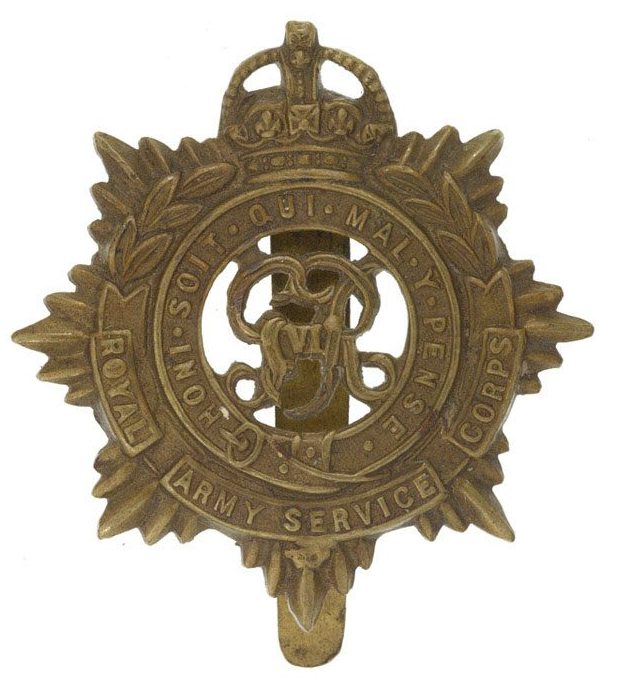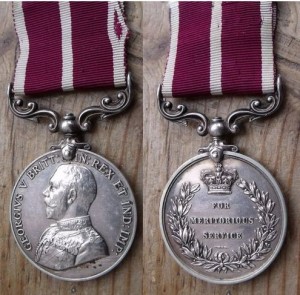Personal Details
Born: 24 January 1889 in Sandiway, Cheshire and baptised on 24 February the same year in Weaverham Parish Church, Cheshire.
Family: He was the second of four children born to Edwin Houghton, a stud groom, and his wife Emily. He married Julia M Allen in 1919 in Chester, Cheshire and together they had three children – Kenneth H, Peter H (who were twins) and Sylvia J.
Residence: At the time of his baptism, the family were living in Sandiway; by 1891 they had moved to School Road, Weaverham, Cheshire. In 1901 he was living with his family at Hill Farm, Ince, Chester, Cheshire and by 1911 they had moved to 30 Brook Lane, Chester. Thomas’s military papers indicate his address as Hinton Hall, Whitchurch, Shropshire. From at least 1939 to his death he lived with his wife and children at 11 Northway, Curzon Park, Chester.
Employment: In 1911 he was a chauffeur; in 1939 he was a garage proprietor.
Died: 7 May 1969 in Chester, aged 80.
Military Details
Regiment: Royal Army Service Corps
Rank: Corporal
Service Number: M2/079537
Date of Enlistment: 24 April 1915
Date of Discharge: 9 June 1919
Reason for Discharge: Demobilisation
Other Information: His brother Edmund Mostyn Houghton also served in WW1.
Thomas was awarded the Meritorious Service Medal and Campaign Medals (1915 Star, British War medal and Victory medal)
The following Whitchurch men were recipients of the Meritorious Service Medal :
M2/167596 Private Alfred James Woolley, Royal Army Service Corps
Whitchurch, Shropshire – 14 May 1920
S4/144030 Corporal Thomas Barnett Cartwight, Army Service Corps
Whitchurch, Shropshire – 14 June 1918
Sapper J Harvey
Corporal T E Houghton
N.B. the date given is when the announcement appeared in the London Gazette

The 1914 Star (also known as 'Pip') was authorised under Special Army Order no. 350 in November 1917 and by an Admiralty Fleet Order in 1918, for award to officers and men of the British and Indian Expeditionary Forces who served in France or Belgium between 5 August and midnight of 22–23 November 1914. The former date is the day after Britain's declaration of war against the Central Powers, and the closing date marks the end of the First Battle of Ypres.
The 1914–15 Star (also known as 'Pip') was instituted in December 1918 and was awarded to officers and men of British and Imperial forces who served against the Central European Powers in any theatre of the Great War between 5 August 1914 and 31 December 1915. The period of eligibility was prior to the introduction of the Military Service Act 1916, which instituted conscription in Britain.
The British War Medal (also known as 'Squeak') was a silver or bronze medal awarded to officers and men of the British and Imperial Forces who either entered a theatre of war or entered service overseas between 5th August 1914 and 11th November 1918 inclusive. This was later extended to services in Russia, Siberia and some other areas in 1919 and 1920. Approximately 6.5 million British War Medals were issued. Approximately 6.4 million of these were the silver versions of this medal. Around 110,000 of a bronze version were issued mainly to Chinese, Maltese and Indian Labour Corps. The front (obv or obverse) of the medal depicts the head of George V. The recipient's service number, rank, name and unit was impressed on the rim.
The Allied Victory Medal (also known as 'Wilfred') was issued by each of the allies. It was decided that each of the allies should each issue their own bronze victory medal with a similar design, similar equivalent wording and identical ribbon. The British medal was designed by W. McMillan. The front depicts a winged classical figure representing victory. Approximately 5.7 million victory medals were issued. Interestingly, eligibility for this medal was more restrictive and not everyone who received the British War Medal ('Squeak') also received the Victory Medal ('Wilfred'). However, in general, all recipients of 'Wilfred' also received 'Squeak' and all recipients of The 1914 Star or The 1914/1915 Star (also known as 'Pip') also received both 'Squeak' and 'Wilfred'. The recipient's service number, rank, name and unit was impressed on the rim.


